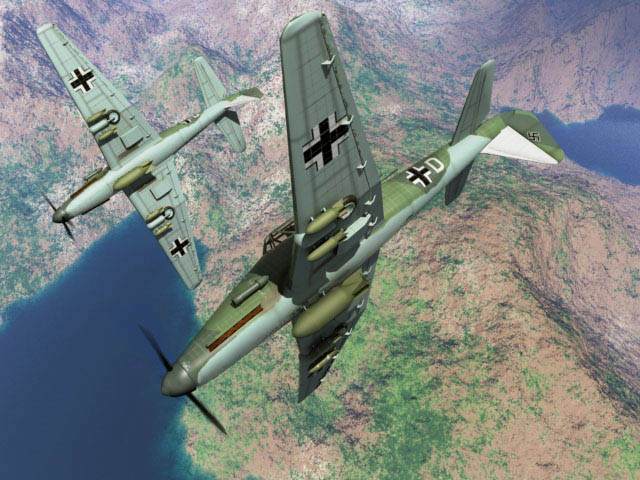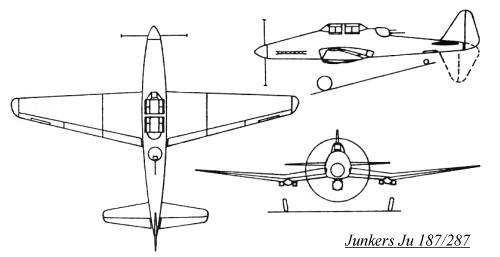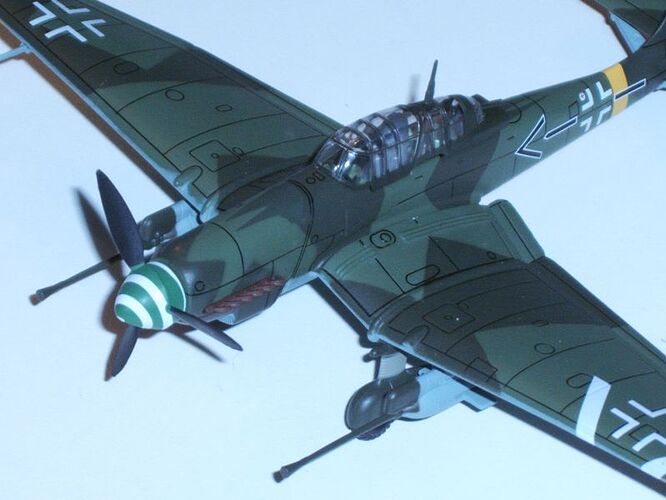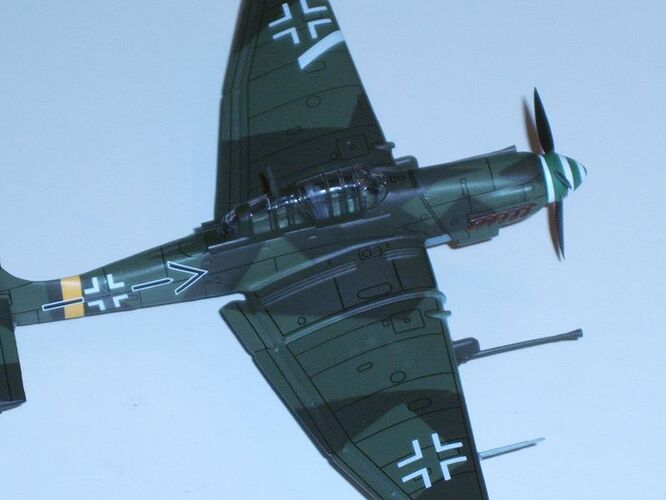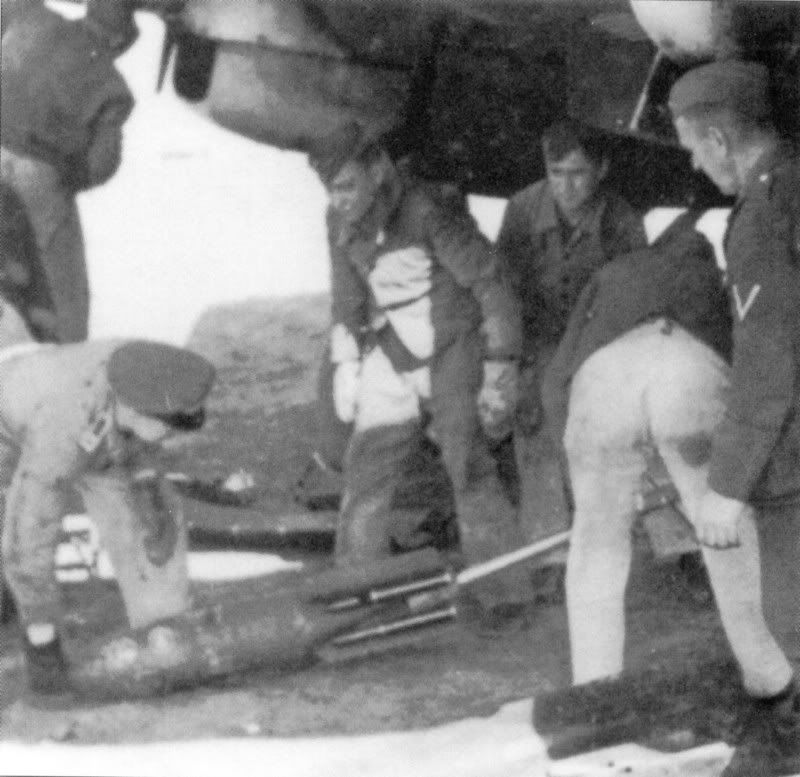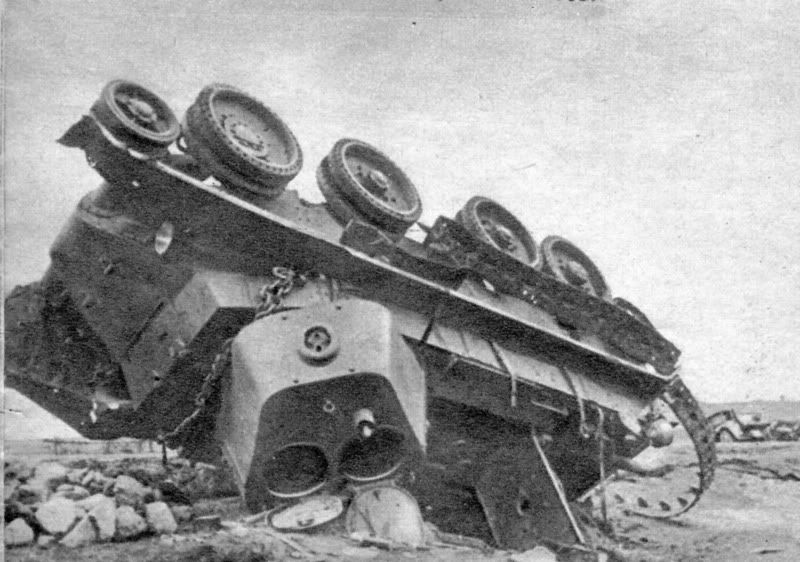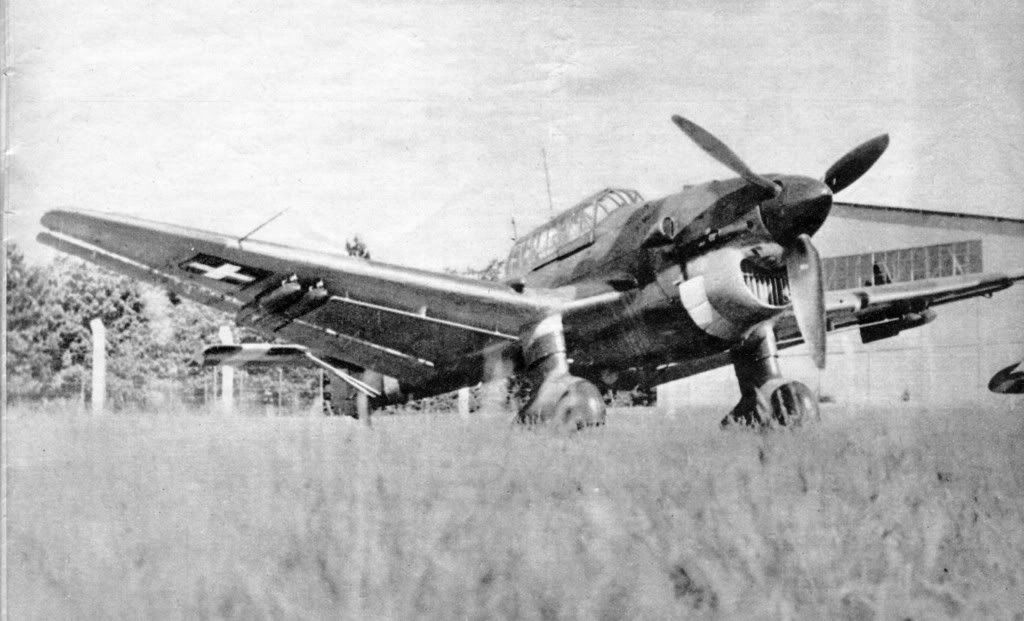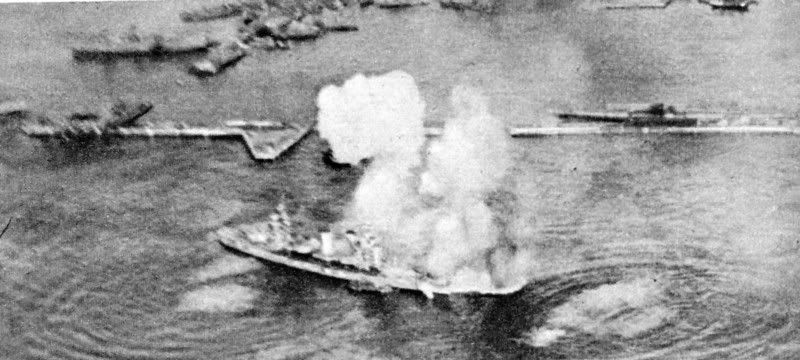Once again – sorry for being late, honorable gentlemen. I shall try to compensate my objectively caused absence.
Yes, my dear Mr. Flampanzer – once again I do agree with you. The development potential of Bf 109 probably was near its end; however I think that some further chances still were available at least in 1945. This matter is, unfortunately, still insufficiently elaborated, but some preliminary investigations are suggesting that some highly intriguing solutions were developed in the final stage of WW2.
The Bf 109 S, for example, reportedly developed by Caudron-Renault in Paris, and submitted as a prototype Bf 109 V24, was designed with a completely new, revolutionary inventive system of compressed air boundary layer discharge. Essence of this indeed ingenious invention, later very commonly used - especially in 1960’s! - is a directional dissipation of compressed air that prevents the boundary layer on the upper surface of the wing from stagnating, thus improving lift. At low speeds the amount of air being delivered by this system - theoretically - could be a significant fraction of the overall airflow, effectively tricking the plane into artificially created flying at a higher speed. As we do know today, blown flaps are capable to improve the lift of a wing by two to three times. This highly inventive suggestion was near its finishing point at the time of France’s liberation. Just imagine a combination of a DB 605 L and this new wing, coupled with a new VDM four-blade spinner…
And now back to our main theme - Ju 87.
Often ridiculed as a slow and clumsy airplane, the Stuka actually was quite controllable, stable and surprisingly maneuverable aircraft, even a machine with certain aerobatic qualities. However, like many single-engine bombers, it performed poorly if confronted with rapid, undoubtedly superior enemy fighters. For example, here is an original, by Ju 87 crew taken photography of classicist, via large caliber bomb conducted tank-hunting action. Presented angle is fairly garrulous.
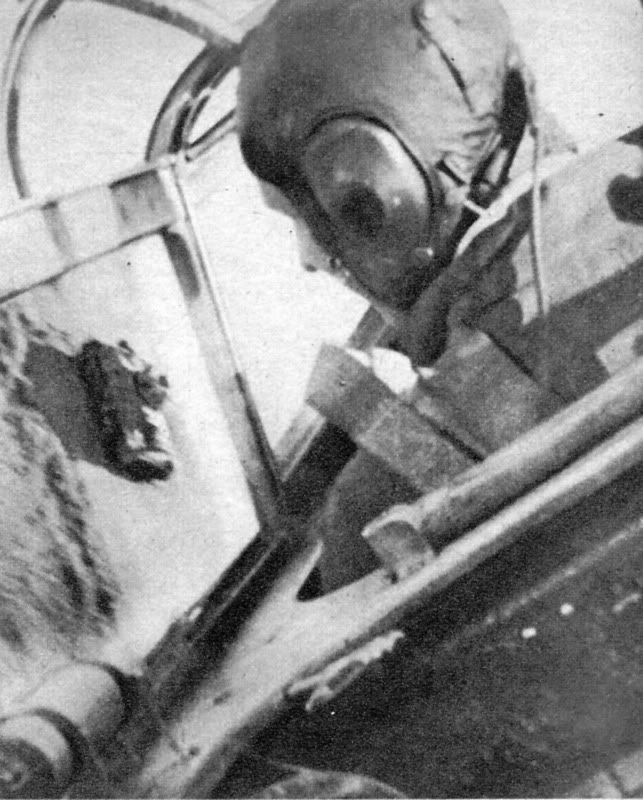
Ju 87 – tank-hunting action, France, 1940
Ju 87 was also quite strong and reliable machine, easy to operate and maintain on the muddy, poor-quality front airfields. This quite unknown photo of mud-covered combat airdrome speaks for itself too. I am completely certain that presented operating conditions would be more than sufficient to bring to a halt regular combat-activity of many other warplane types.
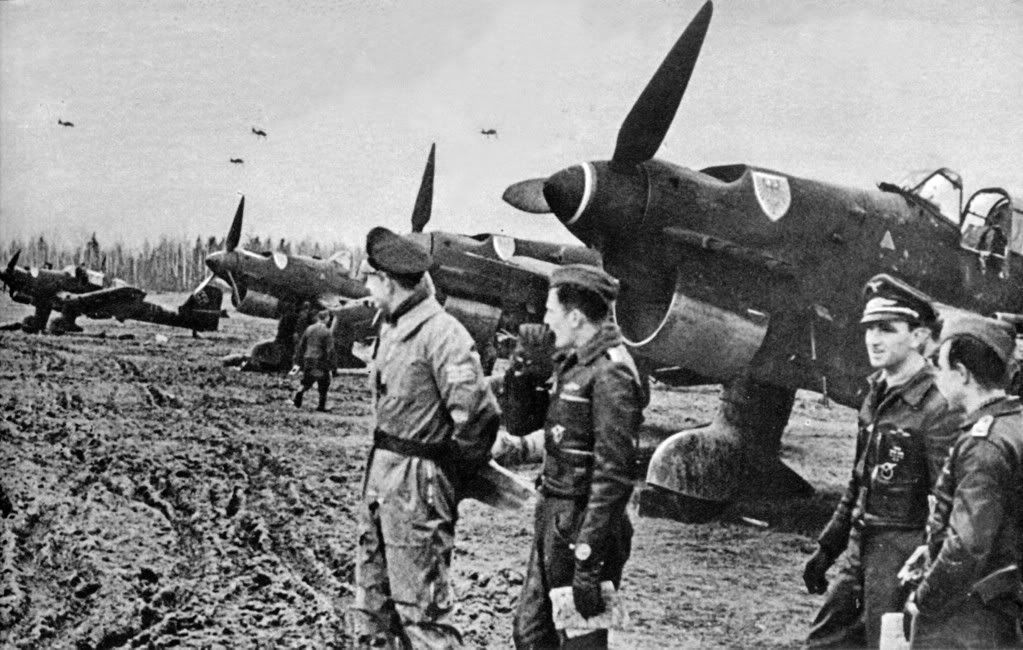
JU87s of III Gruppe Stukageschwader 51 – unknown field-airdrome
Structural rigidity of the Ju 87 airframe was appreciable too. Without doubt, a little bit old-fashioned product of “Junkers Ironworks” was able to survive appreciable amount of damage.

Fuselage damage on Ju 87 caused by enemy AAA fire
Regularly highlighted inverted gull wings of Ju 87 were not only capable to ensure stabile flight, but also to absorb startlingly severe damages.
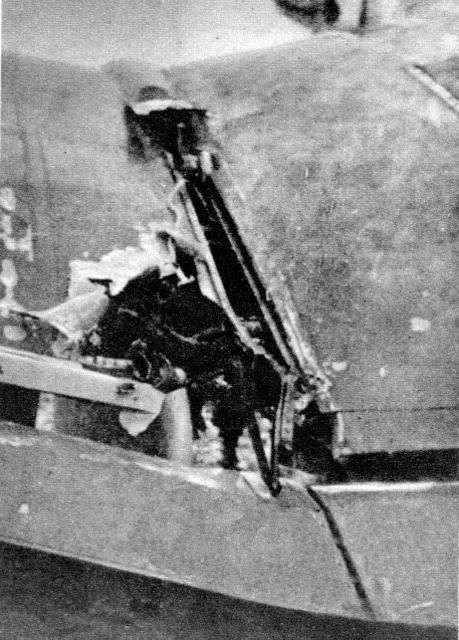
Highly damaged left wing of the Ju 87
All in all, Ju 87 proved as an excellent and devastating weapon in the hands of well-trained, experienced aircrews, who knew how to use it.
When the air superiority in the areas of the conflict was assured, the Ju 87 Stuka was able to create more devastation than a great number of people would like to admit. Pin-point accuracy and complexity of AA artillery fire against bombers already in their dives, have made this airplane a thorn in side of Allied ground forces and navy.
Finally, a tiny personal reflection: perhaps the immortal achievements of an another, almost forgotten, this time allied combat air group that was also equipped with supposedly outdated and inadequate airplanes – those achievements accomplished by USN VB-6 and VS-6 led by Lieutenant Commander Clarence Wade McClusky - outfitted with equally immortal, outdated Douglas SBD Dauntless, will be able to permanently demonstrate that seemingly an obsolescent weapon with a mixture of technical virtues and flaws could be used to excellent effect by soldiers who knew how to make use of the virtues and how to deal with the flaws for the benefaction of their country.
Those previously mentioned, apparently outmoded planes, honorable ladies and gentlemen, were able to score in solely 6 minutes the biggest naval victory in the maritime WW2 history, with an completely inferior force inflicting a terrible defeat on a superior one because the virtues of the “Slow But Deadly” Dauntless were completely able to recompense for its defects.
The very same conclusion we could extract out of a Ju 87 story.
In the meantime, as always - all the best!
